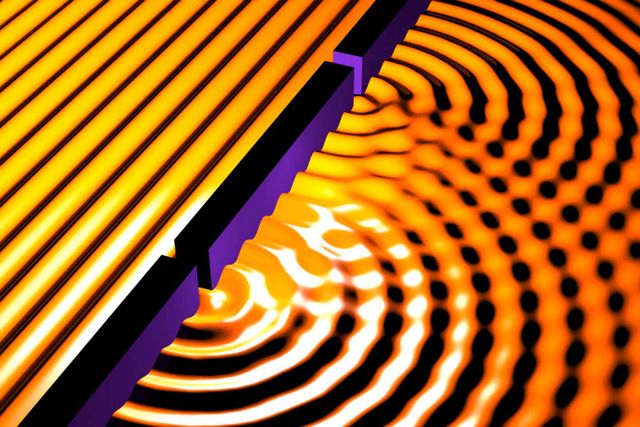Archaeologists discover unique mosaic patolli board at Guatemalan Maya city
In a study published in Latin American Antiquity, Dr. Julien Hiquet and Dr. Rémi Méreuze analyzed the remains of a unique mosaic-style patolli game board discovered in the Classic Period city of Naachtun, Guatemala.















